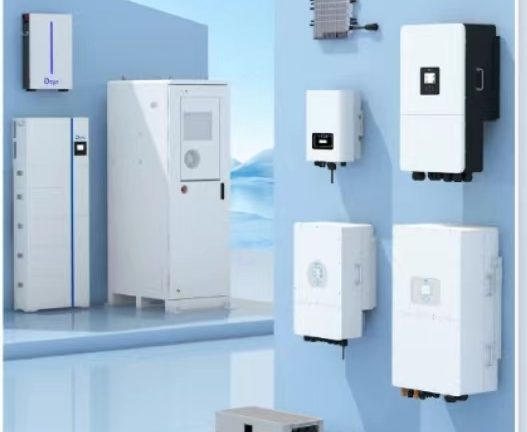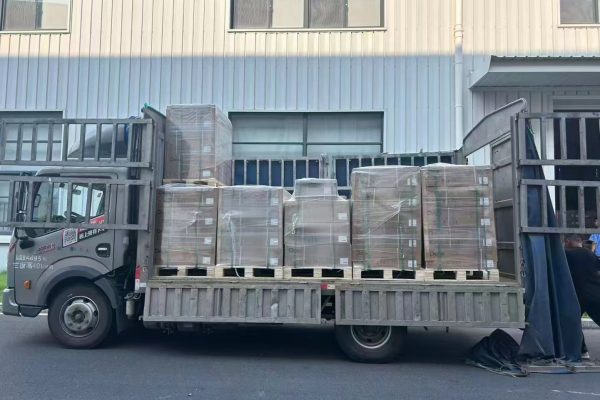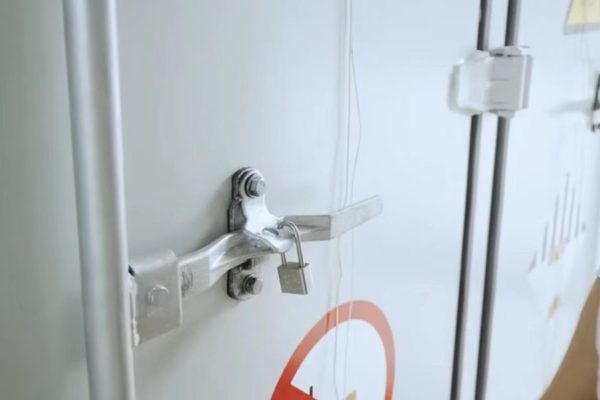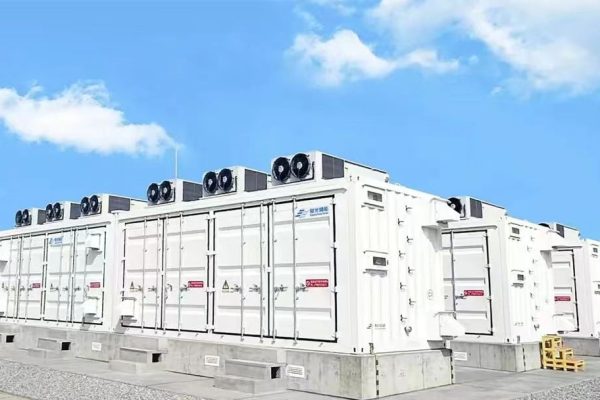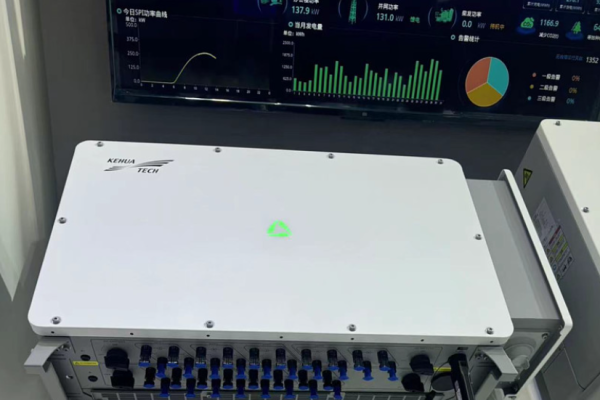Practical Insights for Installers, Distributors, and Technical Trade Partners
1. Why Inverter Failures Happen in the Field
The inverter is the heart of a PV or energy storage system. When it fails, the entire system stops working. While modern inverters are highly reliable, failures still occur in real-world field applications, especially in emerging markets or small-scale projects with variable site conditions.
Understanding these failures and knowing how to respond quickly builds your reputation as a technical partner—not just a seller.
2. Common Inverter Failure Scenarios
Here are the top issues we’ve seen in field applications:
⚠️ 1. Overheating and Derating
- Cause: Poor ventilation, direct sunlight exposure, or installation in small cabinets
- Symptom: Inverter limits output (power derating), shuts down mid-day
- Solution:
- Install in shaded, ventilated areas
- Add active cooling (fans) in cabinets
- Check if derating temp threshold is too low (e.g. <45°C)
⚠️ 2. Grid Instability or Voltage/Frequency Out of Range
- Cause: Weak or unstable grid at installation site
- Symptom: “Grid voltage out of range” or “grid fault” warnings
- Solution:
- Adjust grid parameters in inverter settings (if local code allows)
- Install voltage stabilizer for weak grids
- Use inverter with wide grid support range
⚠️ 3. DC Overvoltage or Reverse Polarity
- Cause: Incorrect PV string wiring or wrong battery polarity
- Symptom: No boot-up, DC fault, or inverter damaged
- Solution:
- Always check PV open-circuit voltage before connection
- Use MC4 testers and DC polarity indicators
- For hybrid systems, double-check battery wiring order
⚠️ 4. Communication Failures (RS485, CAN, Wi-Fi)
- Cause: Loose wiring, incorrect baud rate, protocol mismatch
- Symptom: No monitoring, battery not detected, EMS offline
- Solution:
- Match protocol and port (e.g., CAN for lithium battery)
- Set correct baud rate in both inverter and battery BMS
- Use shielded twisted pair for RS485 lines over 10 meters
⚠️ 5. Inverter Not Starting
- Cause: Grid not connected, battery too low, DC switch off
- Symptom: Inverter screen off or stuck at boot
- Solution:
- Confirm AC input is connected and live
- Check battery voltage is within inverter startup range
- Turn on DC switch and battery breaker
- If no response, try external power source to wake up inverter
3. Field Troubleshooting Tips by Type
🔋 Hybrid Inverters (PV + Battery)
- Ensure battery BMS is awake and properly communicating
- Watch for “battery not connected” errors—often due to CAN miswiring
- For LFP batteries, confirm BMS discharge current isn’t restricted by default
☀️ Grid-Tied PV Inverters
- Ensure PV strings are within Vmp range
- Use IV curve tracer or DC clamp meter for fault string detection
- String mismatches or shading can cause MPPT instability
🏠 Off-grid Inverters
- Load misconfiguration can cause overload shutdown
- AC bypass or genset integration needs proper wiring (L/N alignment)
- Always configure battery type manually in some models
4. When to Replace and When to Repair
| Symptom | Replace or Repair? |
|---|---|
| Burnt smell, no display | Replace (main board likely damaged) |
| Inverter starts but trips often | Field repair or firmware update |
| Fan or relay noise only | Replace fan or contactor |
| Communication error only | Likely repairable (cable or setting issue) |
As a technical trade partner, you can advise your customers when replacement is necessary vs. when a local technician or your remote team can solve it.
5. How You Add Value as a Technical Partner
Field failures are where most resellers disappear—but you can stand out by:
- 🛠️ Offering remote diagnostic help via WhatsApp, Zoom, or onsite support
- 📄 Supplying troubleshooting flowcharts and manuals in local language
- 🧩 Pre-matching inverters with known battery brands and protocols
- 🚚 Keeping spare inverters, PCBs, or comm cables ready for fast shipment
- 📦 Recommending cabinet or layout changes to avoid repeat issues
These small actions make you more than just a supplier—they make you an integrated project partner.
6. Recently Published Articles You May Like
- 👉 Thermal Design for Small Storage Cabinets in Hot Climates
- 👉 Building a Compact Energy Storage Room: Tips & Layout Ideas
- 👉 Multi-day Backup with Storage: Realistic or Overkill?
7. Final Thoughts
Inverter failures in the field are not just technical problems—they’re business problems. They lead to customer frustration, delays, and damaged trust.
But when you respond quickly, diagnose smartly, and recommend preventive actions, you win long-term relationships.
A well-prepared technical trading partner doesn’t just sell boxes—they build solutions that last.





